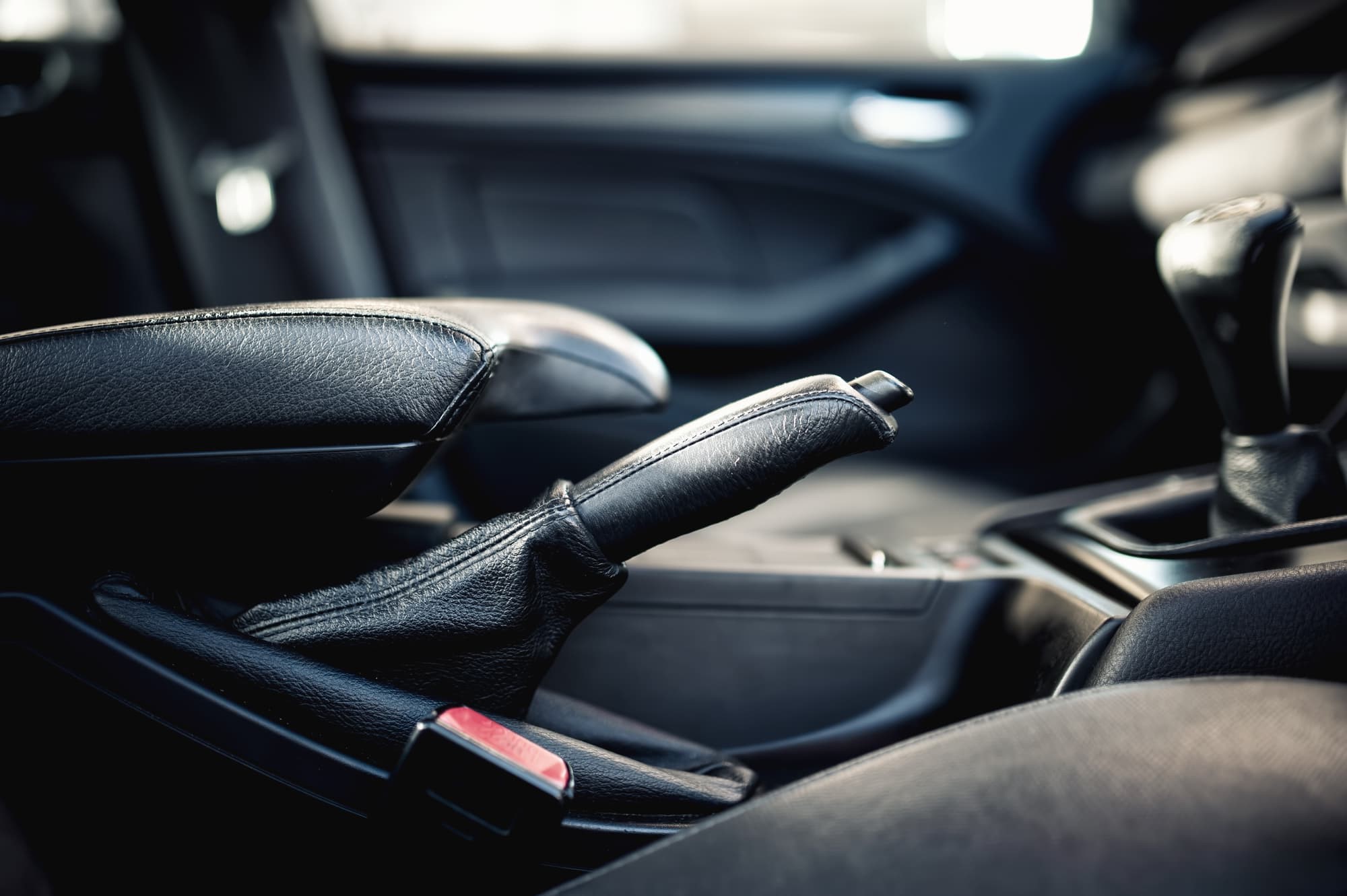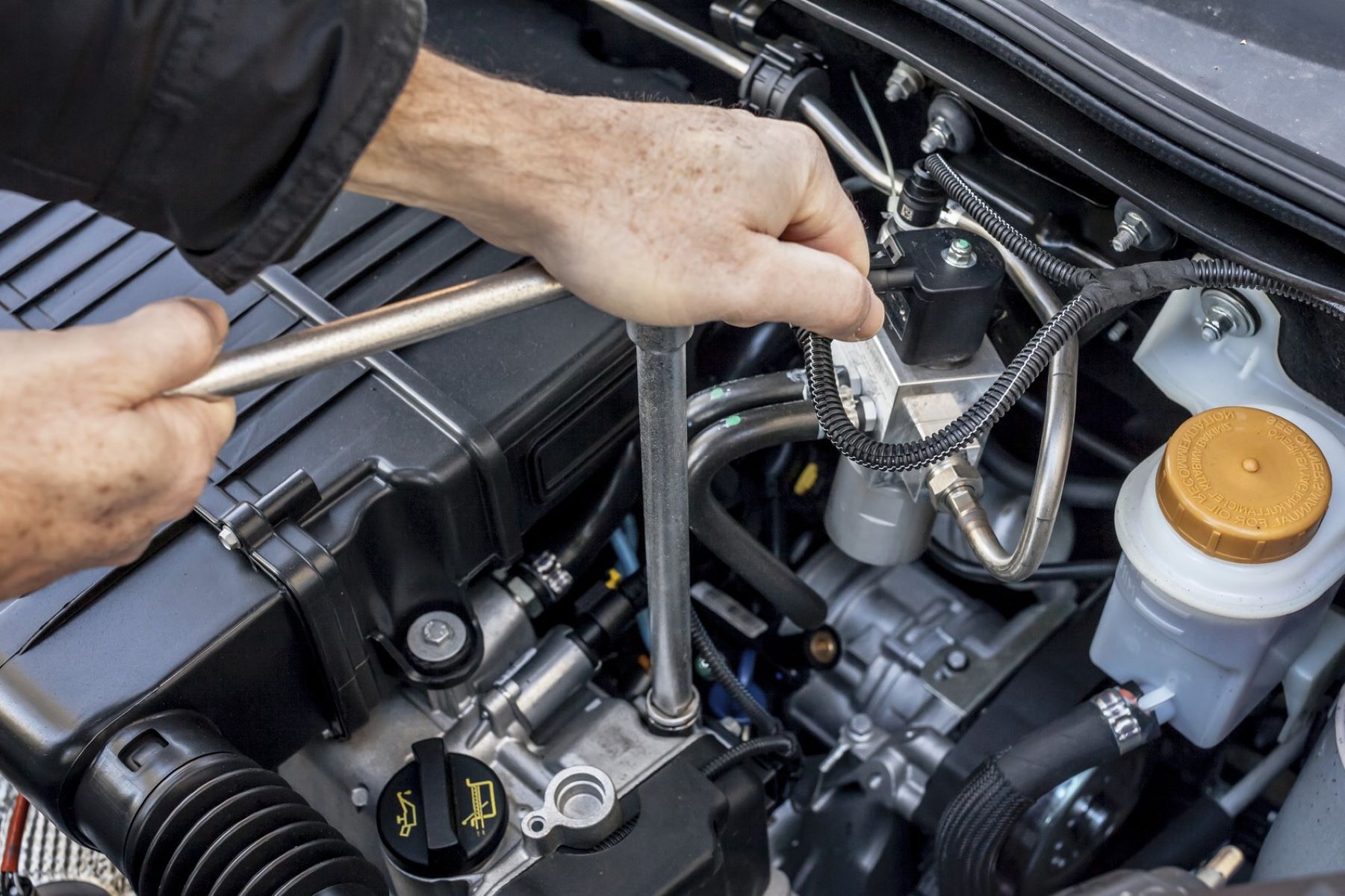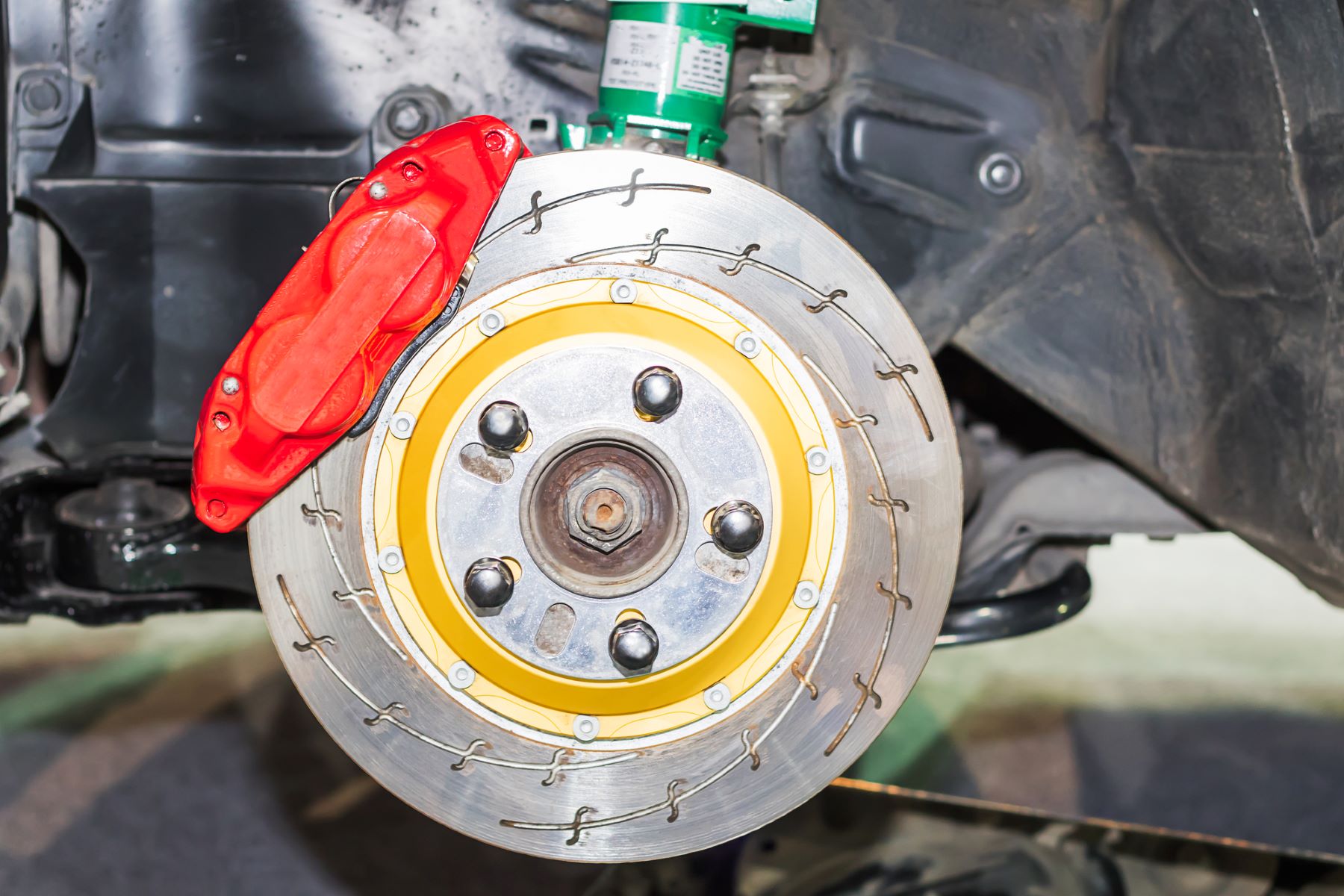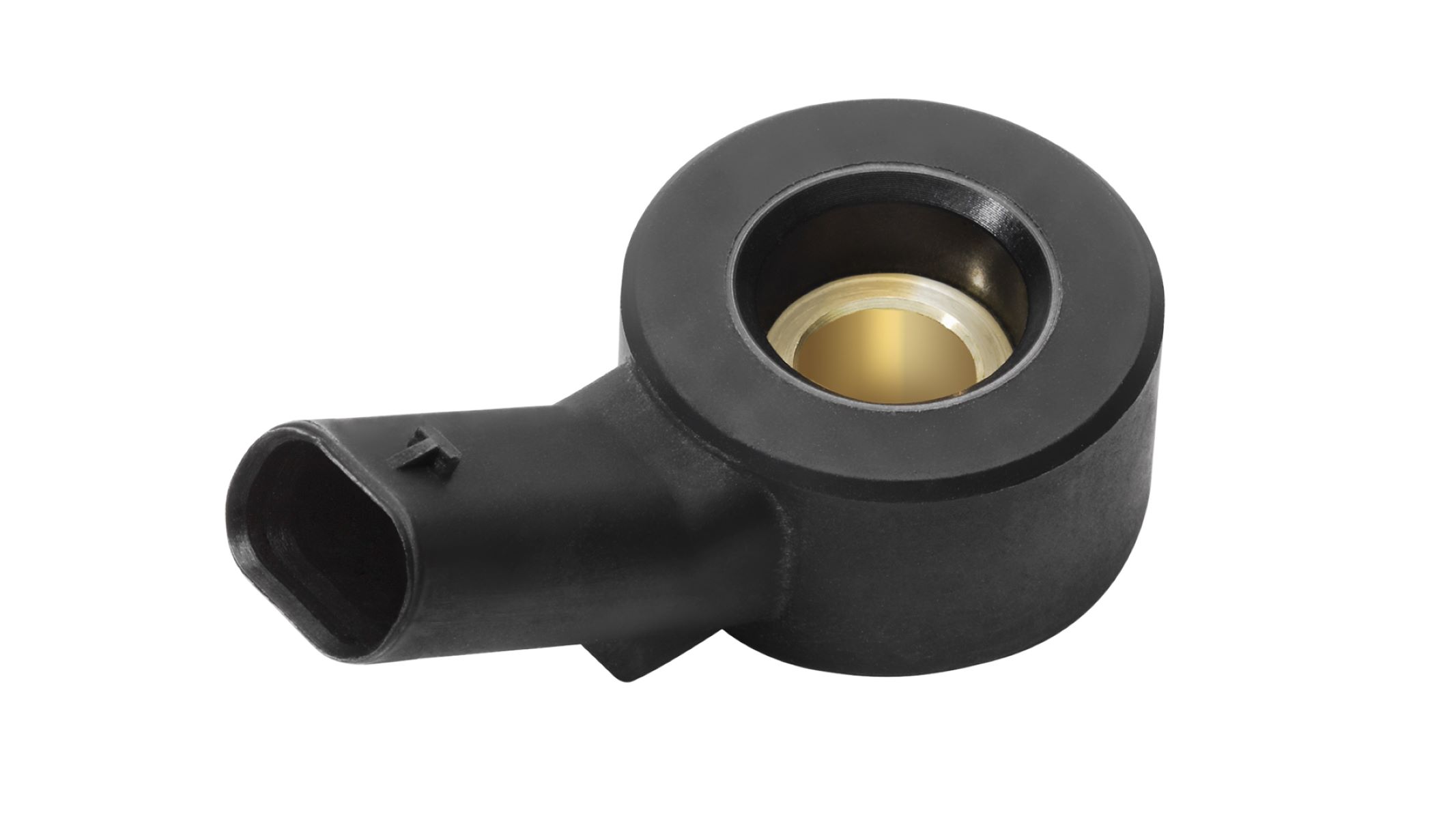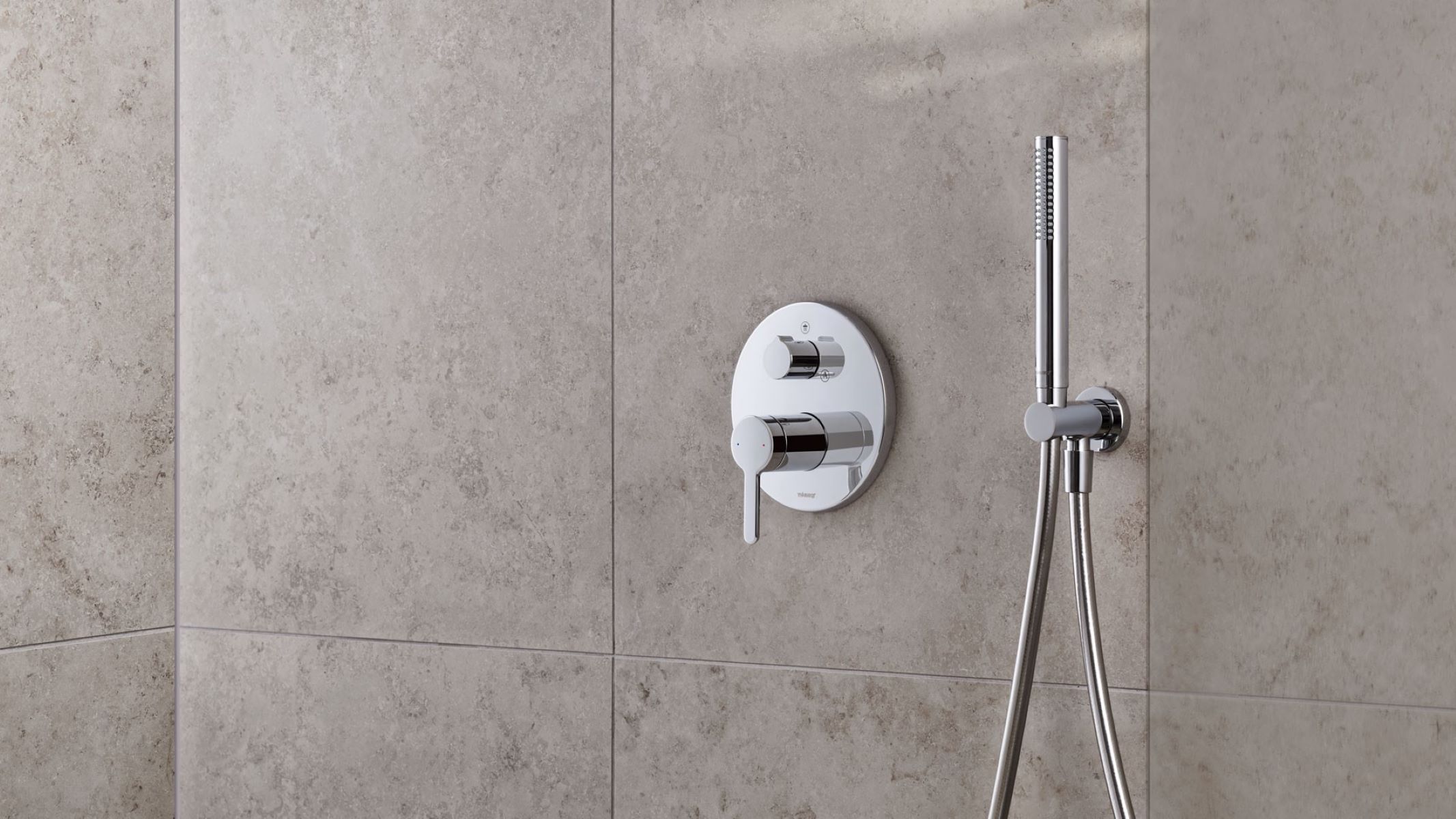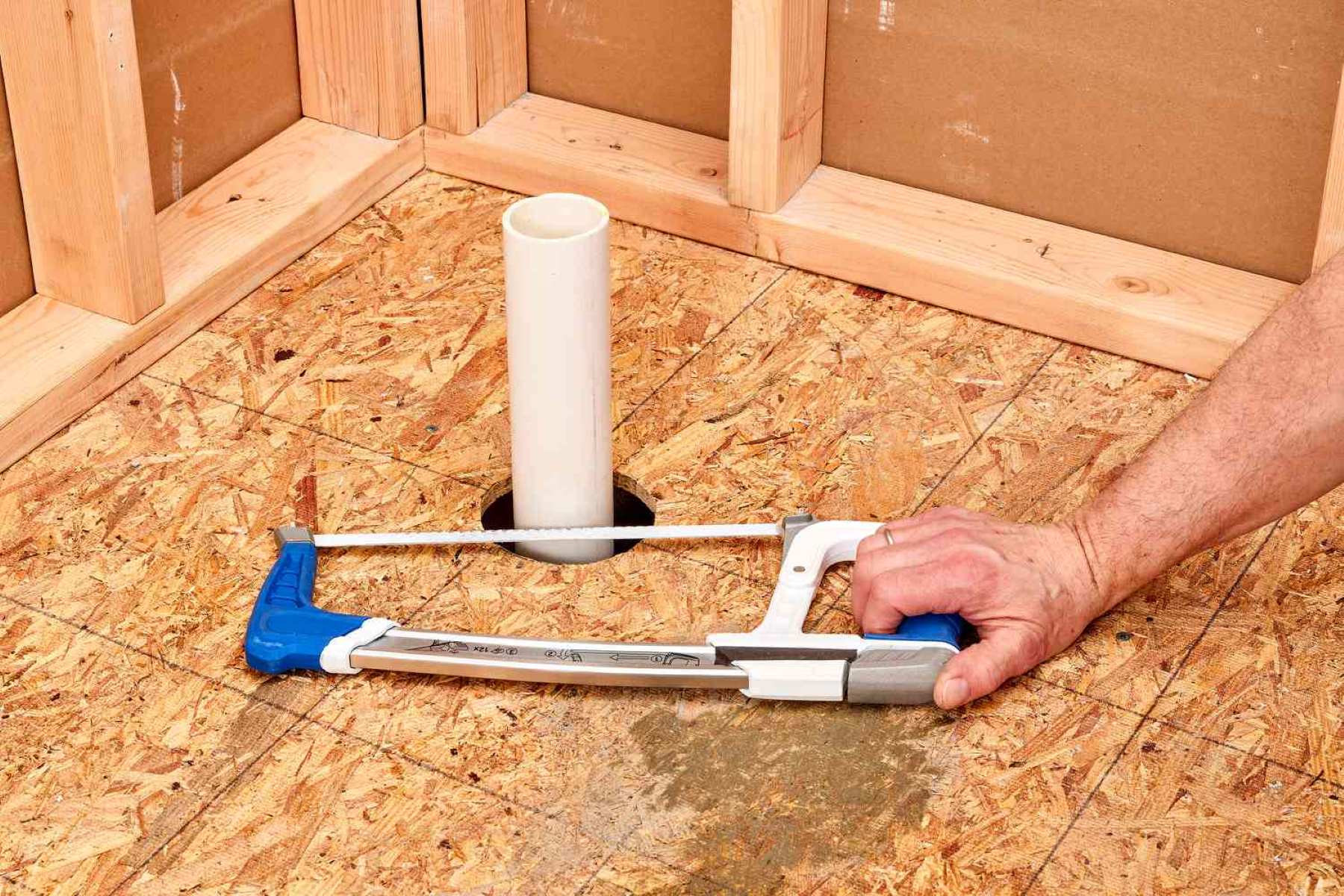Home>Automotive>The Surprising Reason Your Brake Caliper Won’t Release – And How To Fix It!
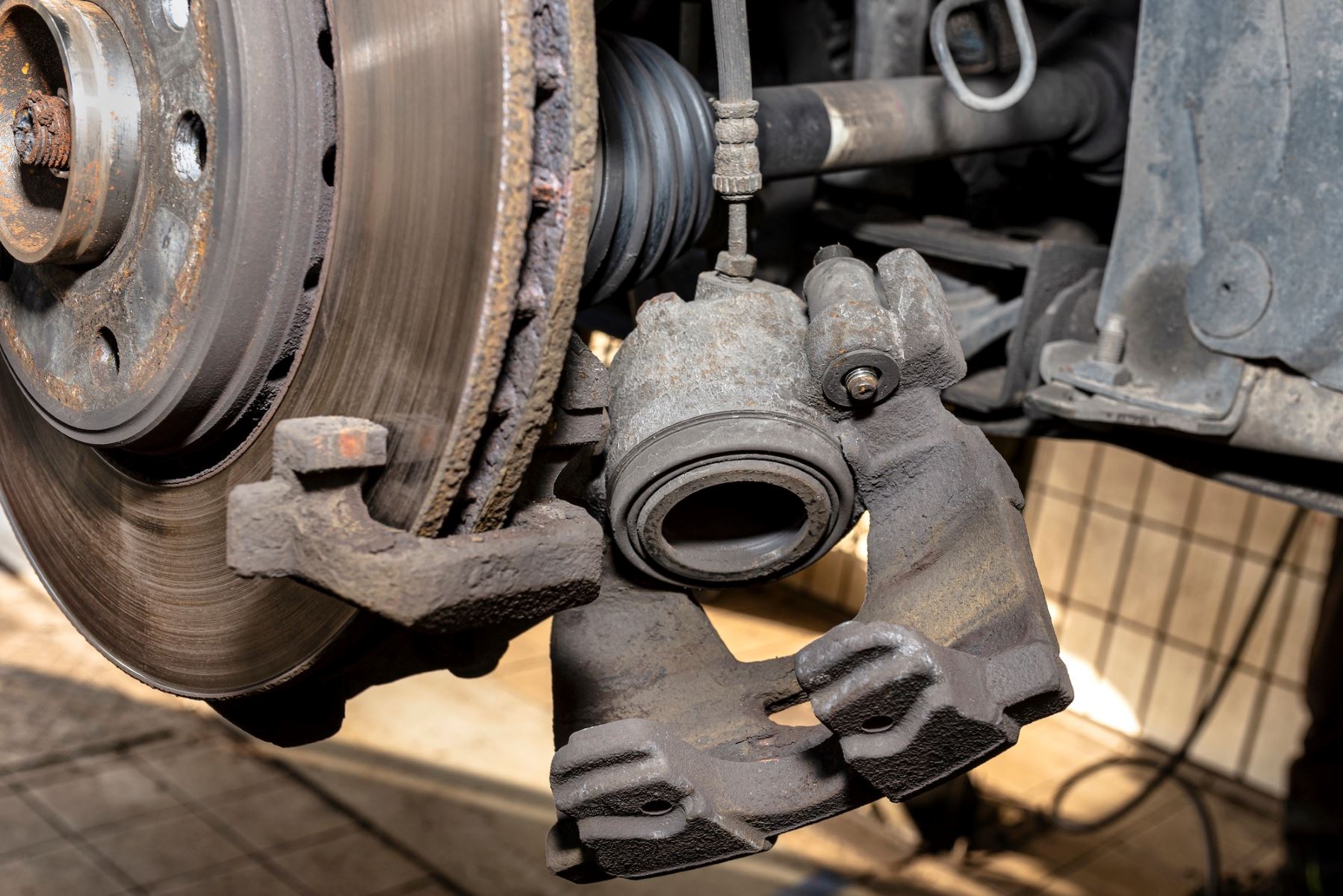

Automotive
The Surprising Reason Your Brake Caliper Won’t Release – And How To Fix It!
Modified: February 28, 2024
Discover the surprising reason why your brake caliper won't release and learn effective solutions to fix it! Get expert automotive tips now.
(Many of the links in this article redirect to a specific reviewed product. Your purchase of these products through affiliate links helps to generate commission for Regretless.com, at no extra cost. Learn more)
Table of Contents
Introduction
The brake system in your vehicle is a critical component that ensures your safety on the road. It's essential for your brakes to function optimally, allowing you to stop smoothly and efficiently. One of the key elements of the brake system is the brake caliper, which plays a crucial role in the braking process. However, encountering a stuck brake caliper can be a frustrating and concerning issue for any driver.
When a brake caliper becomes stuck, it can lead to uneven brake pad wear, reduced braking performance, and even potential safety hazards. Understanding the reasons behind a stuck brake caliper and how to address this issue is vital for maintaining the overall health and performance of your vehicle.
In this article, we will delve into the intricate workings of brake calipers, explore the common causes of brake caliper sticking, and uncover the surprising reason why your brake caliper may fail to release. Furthermore, we will equip you with the knowledge and steps to effectively address a stuck brake caliper, empowering you to handle this issue with confidence and ensure the optimal functioning of your vehicle's braking system.
So, fasten your seatbelt and get ready to embark on a journey through the fascinating world of brake calipers, as we unravel the mystery behind a stuck brake caliper and discover the solutions to this perplexing problem.
Read more: How To Release Your Parking Brake
Understanding Brake Calipers
Brake calipers are a fundamental component of your vehicle's braking system, responsible for facilitating the crucial process of slowing down or stopping your car. Positioned near the wheels, brake calipers play a pivotal role in the transformation of hydraulic pressure into mechanical force, which ultimately results in the compression of brake pads against the rotor to decelerate the vehicle.
These vital components come in two primary types: floating and fixed brake calipers. Floating calipers feature pistons on only one side, which allows them to move laterally, pressing the inboard pad against the rotor when the brakes are applied. On the other hand, fixed calipers contain pistons on both sides and are more complex in design. They apply pressure to both the inner and outer brake pads simultaneously, ensuring even distribution of force and improved braking performance.
Brake calipers operate in conjunction with other brake system elements, including the master cylinder, brake lines, and brake pads, to deliver efficient and reliable braking. When you press the brake pedal, hydraulic pressure is generated within the brake lines, which is then transmitted to the calipers. This pressure causes the pistons within the calipers to extend, pushing the brake pads against the rotor, creating the friction necessary to slow down or stop the vehicle.
Furthermore, the proper functioning of brake calipers is contingent on the condition of various components, such as the caliper housing, pistons, seals, and slide pins. Any damage or deterioration to these parts can compromise the caliper's ability to operate smoothly, potentially leading to issues such as sticking or seizing.
Understanding the role of brake calipers in the braking process is crucial for maintaining the safety and performance of your vehicle. By gaining insight into the intricate workings of these components, you can better appreciate the significance of addressing any issues that may arise, such as a stuck brake caliper, to ensure the optimal functionality of your vehicle's braking system.
Common Causes of Brake Caliper Sticking
Brake caliper sticking, also known as caliper binding, is a prevalent issue that can impede the smooth operation of your vehicle's braking system. Several factors can contribute to the occurrence of brake caliper sticking, potentially leading to diminished braking performance and safety concerns. Understanding these common causes is essential for identifying and addressing the underlying issues effectively.
-
Corrosion and Contaminants: Over time, brake calipers can be susceptible to corrosion, particularly in regions with harsh climates or road salt usage. Corrosion can affect the caliper's ability to slide smoothly, causing the pistons to seize or bind. Additionally, the accumulation of dirt, debris, or brake dust within the caliper assembly can hinder its movement, leading to caliper sticking.
-
Worn or Damaged Caliper Components: The wear and tear of essential caliper components, such as the slide pins, bushings, or piston seals, can result in caliper sticking. If these parts become worn, torn, or degraded, the caliper's ability to retract and release properly may be compromised, leading to sticking or binding during braking.
-
Lack of Lubrication: Adequate lubrication is crucial for ensuring the smooth operation of brake calipers. Insufficient or dried-out lubricant on the caliper slides or pins can impede their movement, causing the caliper to stick and leading to uneven brake pad wear.
-
Heat-Related Issues: Excessive heat generated during braking, often due to aggressive driving, heavy loads, or prolonged braking, can lead to thermal expansion and distortion of the caliper components. This can result in the caliper pistons failing to retract fully, causing the brake pads to remain in contact with the rotor, leading to caliper sticking.
-
Brake Hose Restriction: A restricted or deteriorated brake hose can impede the flow of brake fluid to the caliper, leading to uneven pressure distribution. This can cause the caliper pistons to bind, resulting in caliper sticking and compromised braking performance.
Recognizing these common causes of brake caliper sticking is crucial for proactive maintenance and timely resolution of potential issues. By addressing these underlying factors, you can effectively mitigate the risk of caliper sticking, ensuring the optimal functioning of your vehicle's braking system and enhancing overall safety on the road.
The Surprising Reason Your Brake Caliper Won't Release
Amidst the array of potential causes for a stuck brake caliper, one surprising yet significant factor that can contribute to this issue is the phenomenon of "brake pad imprinting." This often-overlooked condition occurs when the brake pads develop a semi-permanent imprint or transfer layer on the surface of the rotor. This imprinting can lead to the brake pad remaining in partial contact with the rotor even after the brake pedal is released, causing the caliper to stick and the brakes to drag.
The process of brake pad imprinting typically occurs under specific driving conditions, such as prolonged or aggressive braking, which generates substantial heat within the braking system. As the brake pads repeatedly press against the rotor during intense braking, the transfer of pad material onto the rotor surface can occur. This transfer layer, often characterized by a glazed or discolored appearance on the rotor, can create a microscopically uneven surface that retains the imprint of the brake pad material.
The presence of this imprint or transfer layer on the rotor can disrupt the smooth retraction of the brake pads when the brake pedal is released. Instead of fully disengaging from the rotor, the brake pads may maintain partial contact due to the irregularities caused by the imprinting process. Consequently, the caliper fails to release the pads completely, leading to brake drag and potential caliper sticking.
This surprising reason for brake caliper sticking highlights the intricate interplay between the various components of the braking system and the impact of driving behavior on brake performance. While brake pad imprinting may not be immediately apparent, its effects can manifest over time, resulting in compromised braking efficiency, uneven pad wear, and increased fuel consumption due to the drag-induced resistance.
Addressing brake pad imprinting involves comprehensive measures to restore the optimal functionality of the braking system. This may include resurfacing or replacing the affected rotor to eliminate the imprint, along with inspecting and potentially replacing the brake pads to prevent reoccurrence. Moreover, adopting driving habits that minimize prolonged or aggressive braking can help mitigate the risk of brake pad imprinting and its associated consequences.
Understanding the surprising reason behind brake caliper sticking sheds light on the multifaceted nature of brake system maintenance and the importance of proactive measures to uphold optimal braking performance. By acknowledging and addressing the impact of brake pad imprinting, drivers can take proactive steps to preserve the integrity of their vehicle's braking system and ensure a safe and smooth driving experience.
How to Fix a Stuck Brake Caliper
Addressing a stuck brake caliper is essential for restoring the optimal functionality of your vehicle's braking system and ensuring safe and efficient driving. Here's a comprehensive guide on how to effectively fix a stuck brake caliper:
-
Assessment and Diagnosis: Begin by carefully inspecting the affected brake caliper to identify the underlying cause of the sticking. Look for signs of corrosion, worn components, or brake pad imprinting. Additionally, check for any brake fluid leaks or restrictions in the brake hose that may be contributing to the issue.
-
Caliper Disassembly: If the caliper is found to be sticking due to corrosion, contaminants, or worn components, it may be necessary to disassemble the caliper for a thorough inspection and cleaning. Carefully remove the caliper from the rotor, ensuring that the brake line is adequately supported to prevent damage or strain.
-
Cleaning and Lubrication: Once the caliper is disassembled, meticulously clean the caliper housing, slide pins, and pistons to remove any corrosion, debris, or contaminants. Use a suitable brake cleaner and a wire brush to eliminate built-up residue. Subsequently, apply a high-temperature brake lubricant to the caliper slides, pins, and contact points to facilitate smooth movement.
-
Piston Retraction: If the caliper sticking is attributed to heat-related issues or brake pad imprinting, it's crucial to retract the caliper pistons fully. This can be achieved using a specialized piston retraction tool or by carefully using a C-clamp and a block of wood to evenly compress the pistons back into the caliper bore.
-
Rotor and Brake Pad Inspection: While addressing a stuck brake caliper, it's advisable to inspect the condition of the rotor and brake pads. If brake pad imprinting is suspected, consider resurfacing or replacing the affected rotor to eliminate the transfer layer. Additionally, assess the brake pads for wear and damage, replacing them if necessary to ensure optimal performance.
-
Brake Hose and Fluid Examination: Verify the condition of the brake hose and check for any signs of deterioration, kinks, or restrictions. Inspect the brake fluid level and quality, ensuring that it is free from contamination and at the appropriate level. Address any issues with the brake hose or fluid to prevent future caliper sticking.
-
Reassembly and Testing: After cleaning, lubricating, and addressing any underlying issues, reassemble the brake caliper, ensuring that all components are correctly positioned and secured. Once reinstalled, conduct a thorough test of the braking system to ensure that the caliper operates smoothly and that the brake pedal feels firm and responsive.
By following these comprehensive steps, you can effectively address a stuck brake caliper, restoring the optimal functionality of your vehicle's braking system and enhancing safety on the road. Proactive maintenance and timely resolution of caliper sticking issues are vital for preserving the integrity of your vehicle's braking system and ensuring a smooth and secure driving experience.
Conclusion
In conclusion, the intricate workings of brake calipers and the common causes of brake caliper sticking underscore the critical importance of proactive maintenance and timely resolution of potential issues. From the impact of corrosion and contaminants to the surprising phenomenon of brake pad imprinting, understanding these factors is essential for preserving the integrity and performance of your vehicle's braking system.
Addressing a stuck brake caliper involves a meticulous approach, encompassing assessment, diagnosis, thorough cleaning, lubrication, and potential component replacement. By taking proactive measures to mitigate the risk of caliper sticking and adopting driving habits that minimize excessive heat generation during braking, drivers can uphold the optimal functionality of their vehicle's braking system and ensure a safe and smooth driving experience.
Furthermore, the recognition of the surprising reason behind brake caliper sticking, namely brake pad imprinting, sheds light on the multifaceted nature of brake system maintenance and the impact of driving behavior on brake performance. By acknowledging and addressing the effects of brake pad imprinting, drivers can take proactive steps to preserve the integrity of their vehicle's braking system and ensure a safe and efficient driving experience.
Ultimately, the comprehensive understanding of brake calipers, the identification of common causes of caliper sticking, and the effective resolution of stuck brake caliper issues empower drivers to maintain the safety and performance of their vehicles. By integrating proactive maintenance practices and addressing potential issues promptly, drivers can enhance the longevity, reliability, and safety of their vehicle's braking system, contributing to a secure and enjoyable driving experience for all road users.
